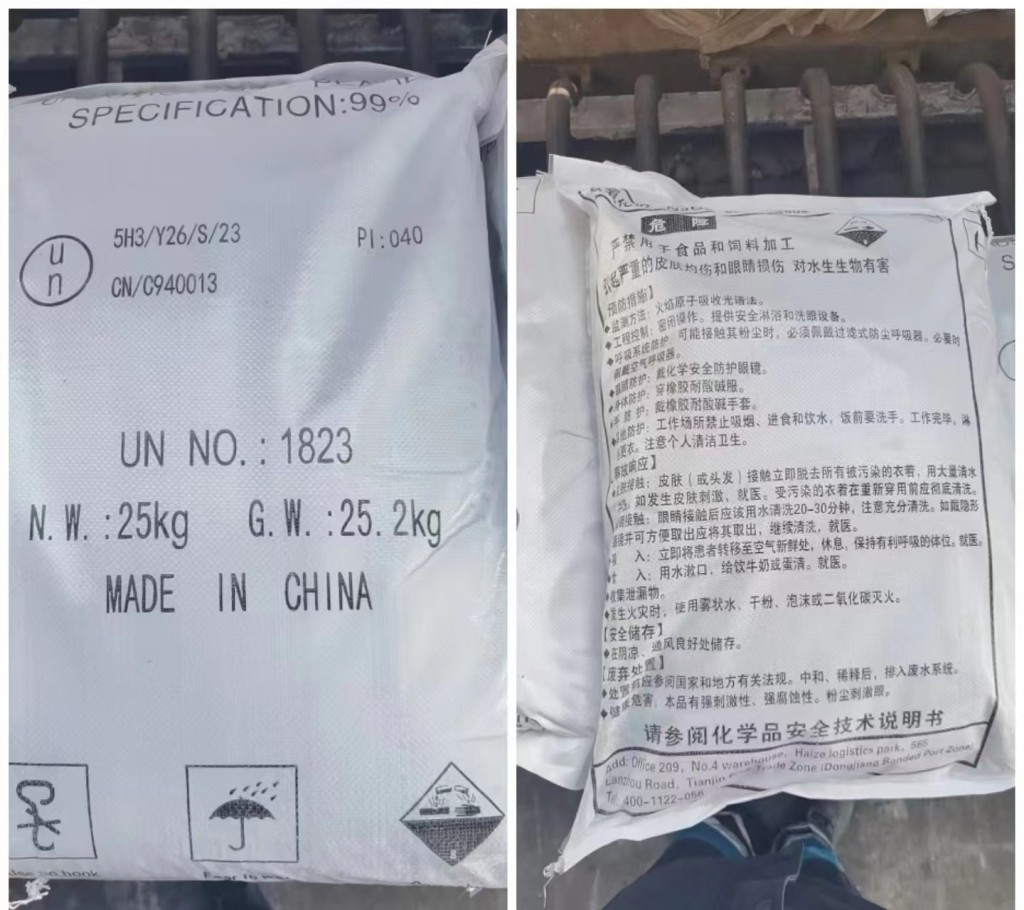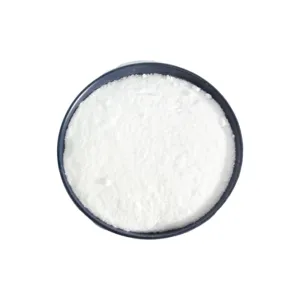Leveraging India’s opportunities in chemical sector: Aditya Shriram, Executive Director, DCM Shriram Limited

2023 marks the beginning of “Amrit-Kaal” which starts on a rather positive note with India’s G-20 presidency. This presidency comes with several benefits for India. It will provide India with an opportunity to enhance its global profile, influence policy decisions within the strong group of 20 nations, and foster better collaboration with other major economies on issues of mutual interest.
This exposure will not be sector specific but will encompass manufacturing, services, and agriculture sectors. These three sectors are the pillars of the Indian economy.
Indian Chemical Industry: An Overview
One of the key manufacturing industries in India that provides critical inputs to industries across the board is the chemical industry. It is the backbone of virtually all other sectors and has touch points with almost everything we see, feel, or consume. The Indian chemical industry has witnessed a spectacular growth journey in recent years, and there is strong evidence for the trend to continue. This sector has not only survived unprecedented disruptions in the global economy but has also created huge wealth by giving high returns to the investors in the long run.
With roughly 80,000 products, the Indian chemical industry, at present, is divided into five major categories, viz. Bulk chemicals – 25%; Pharma APIs – 20%; Specialty chemicals – 21%; Petrochemicals – 19%; and Agrochemicals & Fertilizers – 15%.
As per a recent paper by McKinsey, the Indian chemical industry’s estimated current size is around US $170-180 billion and is expected to reach around US $800 billion by 2040.
Expected to be the driver of this growth, the specialty chemicals segment alone has the potential to contribute up to US $20 billion to Indian exports by 2040 (from current levels of US $2 billion).
Factors Driving Growth
The disruptions created by COVID are gradually easing, and the world has now started looking at India as the next manufacturing hub. Rising demand, increasing end use applications, demand for more value centric products on account of increasing income, geopolitical changes, and supply chain disruptions will further drive chemical manufacturing into India.
A huge supply demand gap for petrochemicals and intermediate chemicals is likely to emerge, and it is up to us to rise to the occasion and ensure that these shortfalls are made-up through indigenous production, rather than relying on imports.
Opportunities
These factors present an excellent opportunity for India, with India ranking No. 2 as the most attractive manufacturing destination as per Cushman Wakefield report in 2021. As per American Chamber of commerce (ACC), more than 26% of businesses are looking to decrease investment in China and world trade is going through a drastic structural change favouring India. Geo-political issues in the west and global disruptions in supply chains are also positioning India in a better light for manufacturing.
Various government policies like the Production Linked Incentive (PLI) Scheme for several sectors will propel Indian manufacturing towards a growth trajectory. The PLI has seen favourable responses from other sectors. We hope that it soon gets notified for the chemicals sector given the sector’s critical role in the economy. Essentially, this scheme is aimed at boosting domestic manufacturing, creating jobs, reducing burden of imports and encouraging investments. Inclusion of the chemicals sector in this scheme will have a positive multiplier effect on the whole economy. Initiatives like “Make in India”, “Swachh Bharat Abhiyan”, “AatmaNirbhar Bharat”, will further boost demand for home grown products. The chemical industry will also play a crucial role in helping India achieve its global climate commitments.
While the growth is encouraging, as a nation, we should aspire for much higher goals. The opportunities are immense considering the following facts.
o Vast pools of value continue to lie untapped with roughly 50% of niche intermediates being imported currently.
o India’s per capita packaging consumption at around 8.5 kg is far lower than many developing and developed economies.
o 700 million Indians will be living in urban India in the next 2 decades, thereby creating the need to almost build “2.5 Americas”.
o Huge demand supply gaps are being met by imports.
o There is a strong opportunity to invest in newer and greener technologies.
o The bar on ESG and EHS will be continuously raised both by legislation and societal expectations.
o An increasing need to focus on R&D to develop newer, greener technologies, catering to changing demand patterns.
Government Support
Undoubtedly, there are massive opportunities and the industry itself will have a major role to play in tapping the same. However, government backing with a favourable and stable policy framework to enhance manufacturing is essential. It will complement the Indian manufactures’ intention and hunger for growth while helping achieve the Prime Minister’s vision of making India a US $5 trillion economy.
In my opinion, several critical areas that require government’s support are:
o Incentivizing manufacturing and encouraging exports through schemes like the PLI and RoDTEP respectively. While PLI for chemicals has been under consideration for some time now, it is yet to be notified. RoDTEP, which incentivizes exports, has given a marginal benefit to most chemical products compared to the previous MEIS. The current framework is not an incentive but essentially a remission of duties or taxes on export products. This is to prevent taxes getting exported with products.
o Incentivizing R&D (viz. tax breaks) since innovation and R&D are the key drivers for investments today.
o Securing feedstock and making the same available at competitive prices will give a huge fillip for domestic chemical manufacturing. Today, downstream players are mostly struggling to secure feed from anchor tenants.
o Revisiting the PCPIR model or shifting to an easier, cluster approach with plug & play model will definitely help in boosting manufacturing with shared infrastructure. It will help in reducing environmental damage owing to CETPs.
o Clarity and parity between center and the state with respect to policies and their implementations will play a critical role in improving EoDB
o Basic issues like availability of land for greenfield or brownfield expansion, easing out local licenses and processes, lowering cost of energy and increasing availability of water in industrial states like Gujarat. Chemical industry is a continuous and energy intensive industry. Gujarat, having the highest number of chemical facilities in the country, ironically has amongst the highest rates of electricity duty.
o The Prime Minister has a vision to achieve net-zero emissions by 2070 and having 500 GW of installed renewable energy capacity by 2030. However, there are several operational hurdles in setting up captive renewable energy plants in different parts of the country. A long term, enabling and favorable policy regime with clear directions in this regard would further encourage manufacturers to adopt renewable energy, greener technologies, and achieve higher ESG standards.
The above issues are common across the chemical industry. While the government has been working on addressing these, there are several hurdles still facing this industry.
Indian Chlor Alkali Industry
Chlor-Alkali is one of the major segments in Inorganic chemicals. It acts as a basic building block for the chemicals industry as a whole. Indian Caustic Soda’s annual capacity is around 6.1 million metric tonnes which accounts for around 5-6% of the global capacity and is expected to grow in line with the country’s GDP.
Chlor-Alkali has numerous applications in textiles, alumina, organics, inorganics, pesticides, soap & detergents, dyes, paper & pulp, water treatment, chemical & petrochemical processing, and power & steel.
This segment has its own challenges though. In 2015-16, imports of caustic soda stood at around 17% of total domestic consumption however today India has become a net exporter of caustic soda in the last 4-5 years. This goes on to establish the capability of Indian manufacturers to reduce dependence on imports and strongly position India in the global arena.
This segment is also not insulated from challenges like intermittent cheap imports, high energy cost, high raw material cost, and stricter environmental regulations.
Going Forward
The Indian chemical industry, today, is at the cusp of becoming a dominant global industry. No doubt, its future looks very promising. I am sure that with a stable and favourable policy regime from the government and with the industry’s aggressive focus on EHS and R&D, India will grow to become a safe, sustainable, and vibrant global chemical manufacturing hub.
Recommended Suppliers
 June 3, 2024
June 3, 2024  June 3, 2024
June 3, 2024  June 17, 2024
June 17, 2024  June 18, 2024
June 18, 2024  June 18, 2024
June 18, 2024 














